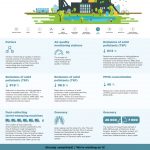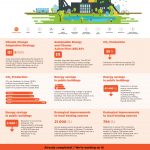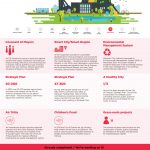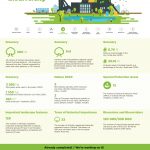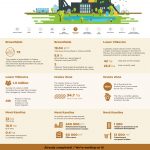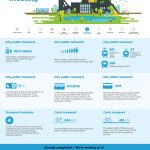Ostrava - Candidate for European Green Capital 2020
 European Green Capital
European Green Capital
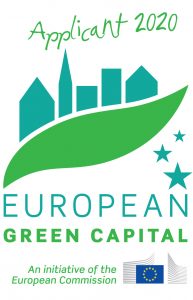 The city of Ostrava is participating in the contest for the 2020 European Green Capital award. The city wants to stand among other successful European cities from the previous years, such as Stockholm, Hamburg, Nantes, Ljubljana, and Essen, as well as Nijmegen, which is the 2018 Green Capital of Europe. The application was announced in June of this year by Lord Mayor Tomáš Macura at the Sixth Ministerial Conference on Environment and Health of the World Health Organisation.
The city of Ostrava is participating in the contest for the 2020 European Green Capital award. The city wants to stand among other successful European cities from the previous years, such as Stockholm, Hamburg, Nantes, Ljubljana, and Essen, as well as Nijmegen, which is the 2018 Green Capital of Europe. The application was announced in June of this year by Lord Mayor Tomáš Macura at the Sixth Ministerial Conference on Environment and Health of the World Health Organisation.
Ostrava has undergone enormous development over the last two decades. From an industrial and dust-covered city it became a city full of greenery. Ostrava is especially concentrated on the renovation of public space and brownfields, modern city transportation and water management. Nowadays, green space makes up twenty percent of the city area.
“Winning the contest on the first try won’t be easy – so far, nobody has managed to do it. Nevertheless, we are seriously competing for the award. With our participation in the contest, we want to clearly demonstrate our determination to improve the environment in the city. In addition, we will obtain critical data about 12 monitored areas, a comparison with other European cities, as well as expert feedback. A big inspiration for us was the success of Essen, Germany. Essen had initial conditions and problems that are similar to Ostrava’s,” said Tomáš Macura, Lord Mayor of Ostrava.
The contest does not only evaluate the current state of the environment; it also examines city development over the past five to ten years and takes into account the measures planned for the next three years.
The 12 evaluated areas are: mitigation of climate change, adaptation to climate change, sustainable city mobility, sustainable land use, nature and biodiversity, air quality, noise, waste management, water management, green growth and eco-innovation, energy performance and environmental governance and management.
“We do not have the best results in all areas, but quality and water management, for example, and city transportation are areas where we can demonstrate the best European practices,” the Lord Mayor points out. He emphasises that people in Ostrava can access public transport using the most modern system in the Czech Republic, which probably contributes to the fact that the number of public transport passengers increased to 88.5 million in the last year. Modernising public transportation will allow the city to operate completely diesel free by 2020. He also points out the activities of the city in the renewal of industrial areas, of which many are directly in the city centre. The best examples in recent years are Dolní oblast Vítkovice industrial area, Karolina and Trojhalí, which are among the most visited tourist destinations in Czechia. Ostrava will continue in its effort to change the public space – an investment plan has been developed to renovate the city slaughterhouse, which will house the gallery of contemporary art, as well as other sites,” adds the Lord Mayor Tomáš Macura.
“Ostrava has to be assessed in the historical context. In recent years, there has been significant improvement in the quality of the environment in the city; however, the city still faces the consequences of its long industrial history,” says Vice Mayor of the Environment Kateřina Šebestová. “The good thing is that although air quality is not Ostrava’s strong suit, it can be easily shown how the dust values have improved several folds during recent years.”
“Ostrava plans a range of activities in the area of sustainable development which will bring the city even closer to nature and which will have a positive impact on the standard of living for the inhabitants in the whole Ostrava area. We will implement the above-mentioned projects whether or not our application is successful,” concludes the Lord Mayor.
The city submitted the contest application on 18 October 2017. Short-listed candidates are expected to be announced during spring 2018. The winning city will most likely be announced by the European Commission in the middle of 2018.





